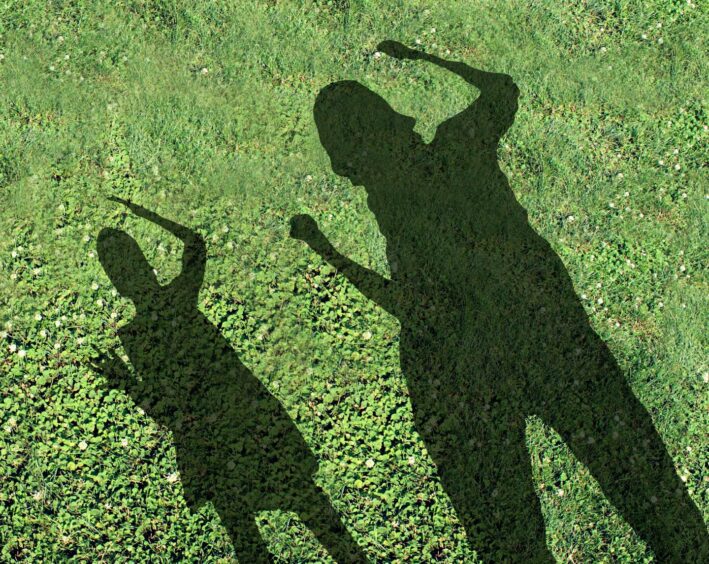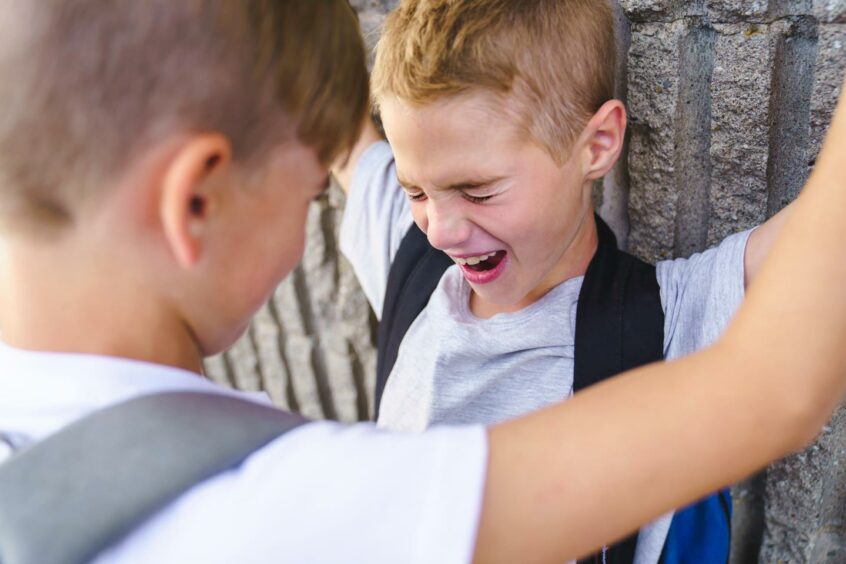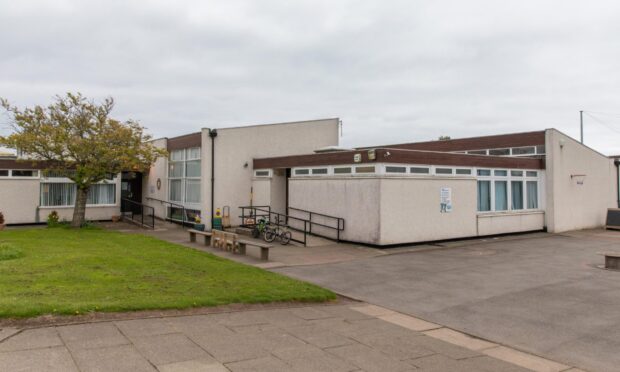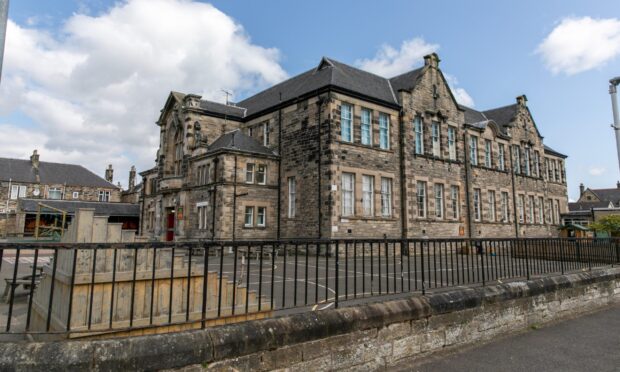Police Scotland have shared insight into how they work with schools to tackle bullying – but failed to directly answer six key questions we put to them on how the force deals with reports of bullying and physical assaults.
Our investigation has unearthed a culture of bullying in schools and communities across Tayside and Fife.
Local parents have shared harrowing tales of how their children have attempted suicide or developed eating disorders as a result of the ordeals they have experienced.
And parents told us they are unhappy with how bullying is tackled in schools, communities and online.
We have heard from the Scottish Government and local authorities on tackling bullying, particularly in a school setting.
To gain an insight into when these issues become a matter for the police rather than schools, we asked Police Scotland for advice on reporting bullying – especially when the bullying results in physical violence.
6 key questions on bullying
In the hope of speaking with a local officer tasked with combating bullying or cyber issues, we asked:
- When would police get involved with a bullying incident that occurred at school – for example, if a parent called to report their teenager being physically attacked at school, would police respond to this or would it be a school issue despite being violent?
- How would this change if it was a primary aged school child who was physically attacked?
- Would police be able to help if the bullying is verbal rather than physical or online – how so? (i.e. hate crimes such as racial or LGBT bullying)
- What advice is there for parents who are looking for support from Police Scotland when their child is being bullied?
- What guidance is there for parents with children under the age of 12 who are being bullied but feel they can’t involve the police because the children are too young?
- When bullying takes place in the community or online (outside of school) what would Police Scotland do?
We first asked for their response on the issue of bullying on January 26; however, we were told it was a matter for local authorities.
On the third attempt – almost two months later – when we posed the questions above Police Scotland responded on March 15 detailing how the force works with schools and other organisations however said police deal with situations on a case-by-case basis.
That includes working with schools on the Mentors in Violence Prevention (MVP) programme which enables young people – including those at Beath High School – to safety challenge violent behaviour.
What have Police Scotland said?
Chief Inspector Ross Fitzgerald, local area commander in Tayside, said: “There are strong and supportive links between Police Scotland and a range of partners, including our local schools, which work effectively to keep children safe both in and out of school.
“These partnership arrangements seek to prioritise the most harmful issues facing local children in a collaborative way, and span across a wide variety of difficult issues.
“We understand that a collective preventative approach is best and we routinely work with local schools in the delivery of inputs designed for children of different ages, which most recently have focused on online safety, consent, drugs and alcohol, hate crime, violence and anti-social behaviour.
“Nationally, this approach is reflected in work such as the Mentors in Violence Prevention Programme, which is a mentoring run by Education Scotland in conjunction with our Scottish Violence Prevention Unit.
“This is a mentoring programme designed to increase the awareness of gender stereotypes, gender based violence, men’s violence and domestic abuse.
“The programme is being delivered in secondary schools across Tayside.
“Police Scotland will always robustly investigate reported crimes, ensuring vulnerable victims receive the most appropriate support from across our local partnerships.”
Anyone who witnesses bullying should report the incidents to a relevant authority, such as teachers, police or parents.
Scotland’s anti-bullying service RespectMe offers guidance for young people who are experiencing bullying and their parents and teachers.
If you feel like the bullying you witnessed at school or online was a hate crime, you can also report it to Police Scotland via 101.
Childline support young people with any worries they may experience, including mental health and bullying.
They can be contacted confidentially on 0800 11 11 or use their free 1-2-1 counselling service.
Read more from our bullying series
-
- ‘Mummy I just want to die’: Devastating words of Fife girl, 7, after years of bullying
- Bullying in schools: Our survey reveals 9 in 10 parents do not think schools can effectively tackle it
- Bullying advice: How to help children who are being bullied
- Types of bullying: What is classed as physical, sexual and prejudicial bullying?
- Devastating effects of bullying on children in the short and long term
- OPINION: I attempted suicide after years of bullying – schools need to take it seriously
- Autistic Angus teen terrified to go to school as pupil threatens to ‘kill him
- How to report bullying to schools and the police
- Mum says alleged assault of her 5-year-old son shows bullying happens at any age
- Race, religion and sexual orientation among main reasons for school bullying in Tayside and Fife
- Relentless bullying makes Autistic Angus teen pull her own hair out and say she wants to die
- Anti-bullying policies: Schools take restorative action to resolve bullying
- Education Secretary: School exclusions must be ‘last resort’ for dealing with bullying
- Traumatised Perthshire teen ‘hid in classrooms’ while bullies who pushed her down stairs faced ‘minimal punishment’
- Online bullying: Advice to help keep children safe on social media
- Signs a child is bullying: Here’s how to help if your child is the bully
- REBECCA McCURDY: School bullies told me I’d be nothing – but look at me now












